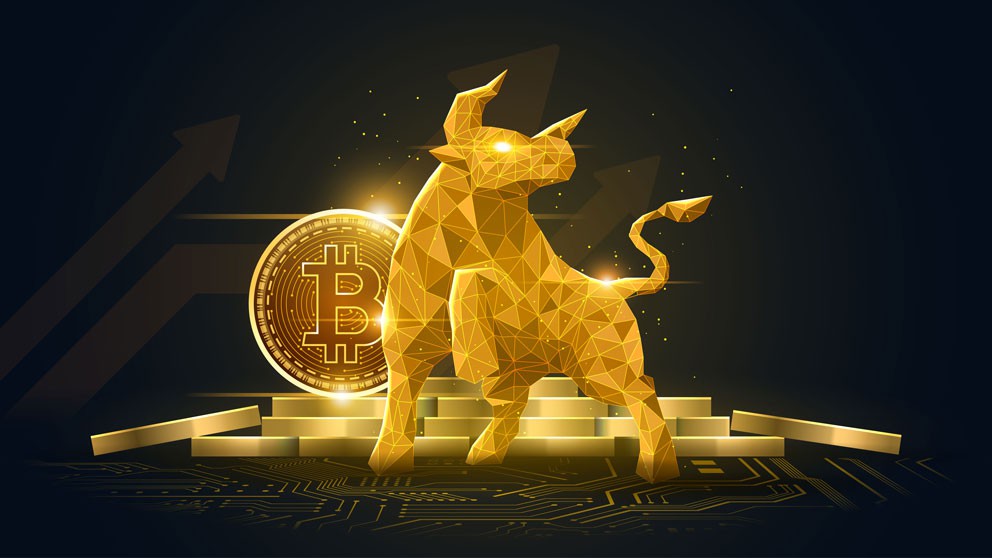
Unlocking Government Efficiency with Crypto and Blockchain
One of the most promising applications of blockchain is in public records management, streamlining transactions and securing records as disparate as vehicle and cattle ownership to proofs of identity and professional licenses. In California, for instance, the DMV has tokenized 42 million vehicle titles, contributing to a digital recordkeeping system that can shift the wait time for title transfers from weeks to minutes. In another pioneering state, Colorado uses blockchain for its cattle brand registry, providing a secure and immutable record-keeping system that reduces transaction costs and fraud risks.
By incorporating blockchain into government data frameworks, agencies can avoid the siloes that often hinder efficient sharing of information and better allow for information-sharing at various levels of government. For example, a blockchain-based property registry could enable seamless collaboration between city, county, and state tax authorities, improving efficiency in tax collection and urban planning.
The blockchain can also improve identity management systems, including government issued I.D.’s. A decentralized identity system could serve as a single point of contact for the various government agencies that need to access personal information, giving individuals more control over what data they share and reducing redundant and less secure-record keeping across agencies.
Bringing voting onchain has the potential to revolutionize elections. By recording each vote on the blockchain, elections would be more secure, transparent, and tamper-proof, eliminating some of the risks that have impacted election integrity globally for years. Several pilot programs in the U.S. have explored blockchain for absentee and military ballots, reducing concerns about fraud and miscounts, and improving access by enabling remote voting that further reduces administrative costs.
Cryptocurrency and blockchain-based payment systems are also modernizing how citizens and governments transact. In Colorado, residents can pay state taxes in cryptocurrency, reducing processing fees compared to credit card transactions. Similarly, by using crypto and blockchain governments can reduce friction around government benefits, facilitating faster and more transparent disbursement for programs such as Social Security, unemployment insurance, and disaster relief, while minimizing fraud and ensuring funds reach the intended recipients more efficiently.
A World Economic Forum study estimates that full digital public procurement, including the use of blockchain technology, could save governments up to 6-10% by increasing competition and reducing fraud. As cities and states explore these efficiencies, blockchain-based procurement systems could become a global standard for reducing costs and improving accountability in government contracting.
In the area of healthcare, the adoption of blockchain technology can improve record management that gives patients and providers secure access to medical histories. This can improve care coordination, reducing potentially wasteful and expensive duplicative testing, and has potential implications for information-sharing related to clinical trials and research. Poland is currently leveraging blockchain technology in a data donation initiative that enables patients to consent to the use of their medical data for research and development.
Blockchain can also optimize the management of reserves, such as medical supplies and emergency stockpiles. By using a transparent ledger, the government can improve inventory tracking, prevent shortages, and enhance emergency response times.
By bringing things like government bonds and municipal debt onchain, governments can modernize capital issuance, reduce, increase transparency, and enable broader participation from retail and institutional investors. Tokenization of traditional assets is already happening in places like Hong Kong, which issued the world's first tokenized green bond in 2023. The European Investment Bank and other global financial institutions are also tokenized bonds, providing a blueprint for U.S. adoption.
The U.S. is considering developing strategies around maintaining reserves of blockchain-based assets such as Bitcoin. They are doing this as a source of diversification and recognition of the increasingly strategic and central role assets like Bitcoin are playing in our evolving financial landscape. By adopting reserves of Bitcoin and other digital assets, governments can modernize resources and position themselves at the forefront of decentralized finance, while mitigating risks associated with geopolitical instability.
The integration of blockchain with other emerging technologies—such as artificial intelligence and IoT—can bring governments into the modern age and drive down waste, inefficiencies, and more. While state and federal adoption of blockchain is still in its early stages, successful implementations worldwide demonstrate its potential. They also underscore to legislators who are developing regulations around the crypto sector the importance of recognizing the value of this technology in non-financial applications. The DOGE initiative – as well as other initiatives across the world at all levels of government – provide an opportunity to evaluate these use cases and expand adoption of crypto, blockchain, AI, and other emerging technologies across government functions. In doing so governments can more effectively serve citizens in an increasingly digital world.
All comments
Comment not found


